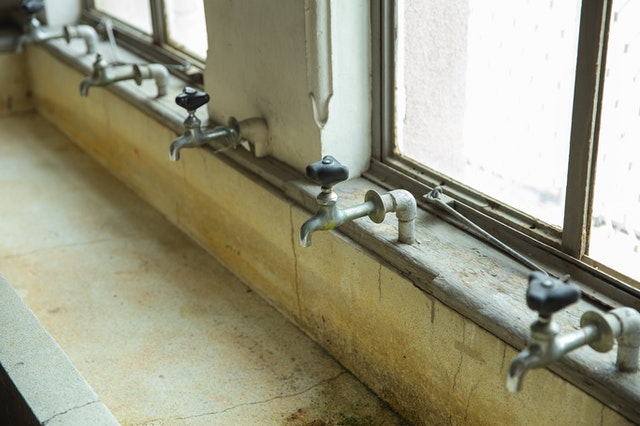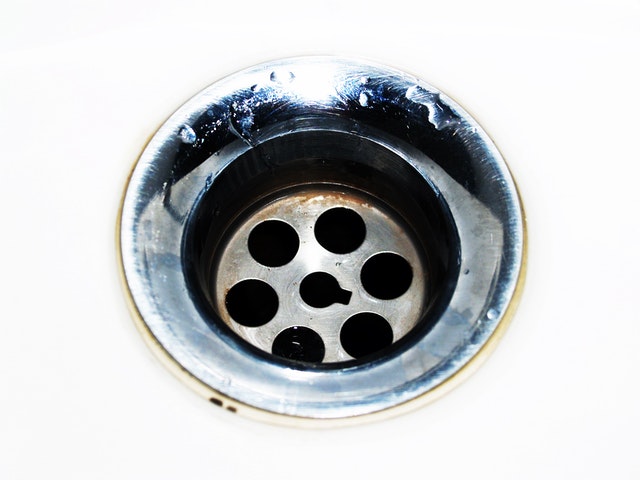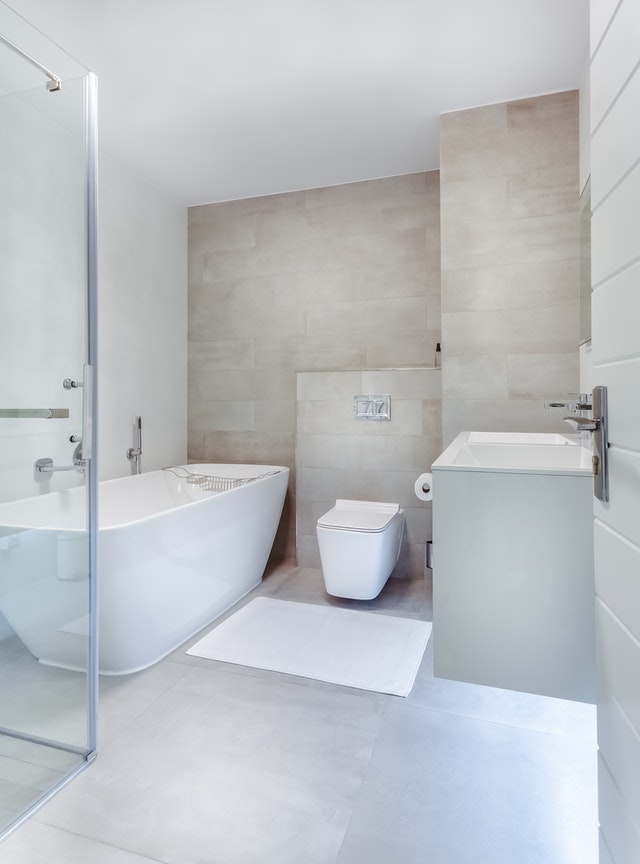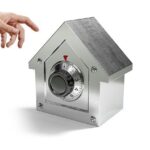As much as you’d like your bathroom to be in good condition “forever,” it’s not always the case. Along the way, you’ll encounter common problems: a clogged sink, an overflowing toilet or a broken sink stopper. Often, these cases call for the hand of a professional plumber.
But what if you don’t have the time or the budget to hire one?
Fortunately, you can DIY most common bathroom problems – even cleaning the drain of your home. All you need is basic tools and know-how. The Internet is rich in resources. If you’re a visual learner, a YouTube tutorial can help.
This is a contributed post and do not necessarily reflect the opinions of Meet The Harris Family.
If you encounter one of the following problems, here’s what you can do.
The Sink Stopper Breaks

Picture this: you’ve just washed your face. You reach the sink stopper to drain the sink but it snaps. Now, you’re stuck with a sink full of dirty water. How are you going to drain it?
If this happens to you, look under the sink and check if your stopper can be moved by a lever. You’ll spot a pivot rod, which is connected to the sink’s drain and a stopper rod on the other end of your sink. See if there’s a bar connecting the two (via several holes). Push down the rod near the handle to raise the stopper, which enables the sink to drain.
Once you’ve drained the sink, drop by your local hardware place for a replacement sink stopper.
The Sink or Tub Drain is Clogged
Tubs and sinks whisk away dirt, shampoo, soap, dead skin and hair – materials that can cause buildup, which causes clogged drains. While it’s easier to try a plunger or grab a drain cleaner when the water doesn’t go down, a simple cleaning can do the trick.
Use a drain or a straightened clothes hanger to de-clog your drain. Feed one of these a few inches past the stopper of the drain, twirl it before slowly pulling it out. Expect to fish out a clump of gunk and hair. Repeat this step a few times until the water drains and the drain is completely clear.
Follow this up by pouring a drain cleaner (store-bought or homemade will do the trick) or a combination of vinegar and baking soda, followed by hot water.

The Toilet Handle Breaks
The toilet handle’s job is simple: open the flapper so the tank can release water and flush out the bowl’s content. If the handle breaks, you can’t flush. Toilet handles can either snap off (outside of the tank) or the chain can slip off the arm (inside of the tank), which gives the impression of a broken handle.
When one of these (or both) happens, check the chain and slide it back on the flush and the arm. If the arm breaks, pull the chain so the flapper will flush. If the toilet handle breaks inside, lift the arm to add pressure to the bowl.
The Toilet is Clogged
Toilets are symptoms of an overflow problem or a slow drain. Either way, it requires de-clogging, which can be a messy job – but an easy one. All you need is your trusty plunger to get to work.
The plunger’s job is to get a decent coverage of the train hole and facilitate forceful suction. The typical plunger can do this but newer designs with smaller mouths are more effective. De-clogging the toilet may take several tries but forceful plunging does the trick. If the water isn’t sinking, pour hot water into the bowl. This weakens the clog. Follow up with more plunging.
Common bathroom problems are easy to DIY, as long as you have the right tools and basic know-how. When you know how to fix a broken toilet handle or de-clog the toilet, you can save more for your budget.


